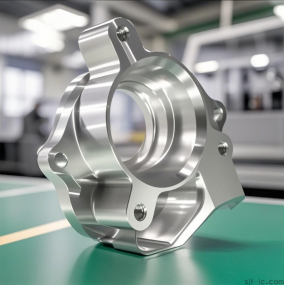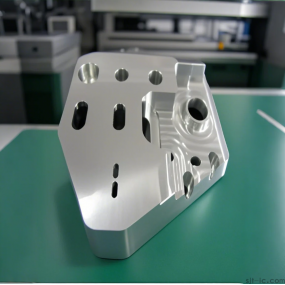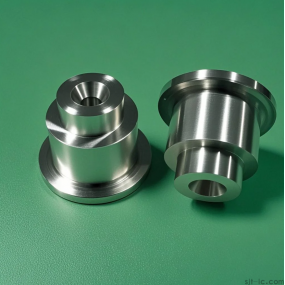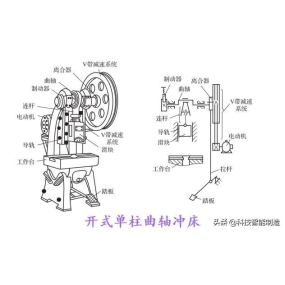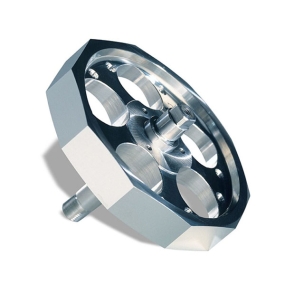〖Precision Control in CNC Machining of Aluminum Lens Barrels〗
When it comes to precision, aluminum is actually quite "easy to work with"! Especially 6061 aluminum alloy—machining it is extremely smooth, with tolerances that can be stably controlled within 0.01mm, and the chips break cleanly without sticking to the tool. But if you’re using 7075 alloy, you need to be careful: it has high strength but is prone to tool chipping, so you have to reduce the machining speed. From the editor’s perspective, controlling the spindle speed and cooling is the key; otherwise, thermal expansion and contraction will ruin your precision in an instant!
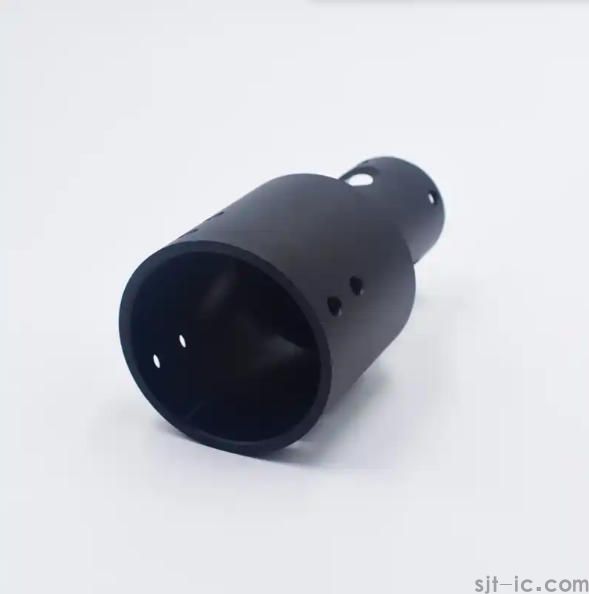
〖Surface Treatment Techniques for Aluminum Lens Barrels〗
Aluminum lens barrels often end up "looking dark" after machining—not because they’re "in a bad mood", but because of oxidative discoloration! The main causes include deteriorated cutting fluid or a humid environment, both of which can leave the surface spotty. In such cases, you need to replace the cutting fluid regularly, or directly apply an anodized coating. Here’s a tip: 6061 aluminum has an excellent anodizing effect, while 7075 requires an additional anti-corrosion coating—otherwise, it won’t stand up to long-term use.
〖Recommended CNC Tool Selection for Aluminum Lens Barrels〗
"A workman must first sharpen his tools if he is to do his work well!" Tool selection depends on the material: ordinary aluminum can be processed with carbide tools, but for hard materials like 7075, it’s best to use multi-flute end mills with cooling hole designs—they can handle deep slot milling while reducing temperature. Also, don’t forget to monitor tool wear; otherwise, if the tool breaks halfway through machining… you’ll really be left in a helpless situation!
〖Anodizing Steps for Aluminum Lens Barrels〗
Anodizing isn’t just a simple "soak"! The process requires degreasing first, then rinsing, followed by electrolytic oxidation—you must accurately control the current density and oxidation time, otherwise black spots will appear and ruin the whole process. After oxidation, sealing the pores can further improve corrosion resistance. From the editor’s personal experience, 6061 aluminum yields a uniform surface after anodizing, making it suitable for lens barrels that require an aesthetic finish.
〖High-Precision Machining Methods for Aluminum Lens Barrels〗
Want high precision? You need to integrate environment, machinery, and materials! A constant-temperature workshop plus a high-speed CNC machine is the foundation. For example, although 7075 aluminum is hard, it’s prone to stress deformation—so it’s recommended to machine it in the T6 heat-treated state. Also, don’t forget to use a probe for measurements and real-time error compensation: after all, even a tiny deviation in a lens barrel can throw the entire optical path off!
Personal Insights:
Machining aluminum lens barrels isn’t overly difficult, but success lies in the details! For material selection, 6061 offers great overall cost-effectiveness, while 7075 has higher strength but is harder to process. For surface treatment, oxidation prevention is a must. And tools must match the material’s properties… Most importantly, test patiently and don’t rush for speed. Hope these tips help you—let’s get to work!
Do you need me to refine the translation of specific technical terms (such as adjusting expressions for "T6 heat treatment" or "carbide tools" to better align with international machining norms) or generate a bilingual glossary of core aluminum lens barrel machining terms?


 Spanish
Spanish Arabic
Arabic French
French Portuguese
Portuguese Belarusian
Belarusian Japanese
Japanese Russian
Russian Malay
Malay Icelandic
Icelandic Bulgarian
Bulgarian Azerbaijani
Azerbaijani Estonian
Estonian Irish
Irish Polish
Polish Persian
Persian Boolean
Boolean Danish
Danish German
German Filipino
Filipino Finnish
Finnish Korean
Korean Dutch
Dutch Galician
Galician Catalan
Catalan Czech
Czech Croatian
Croatian Latin
Latin Latvian
Latvian Romanian
Romanian Maltese
Maltese Macedonian
Macedonian Norwegian
Norwegian Swedish
Swedish Serbian
Serbian Slovak
Slovak Slovenian
Slovenian Swahili
Swahili Thai
Thai Turkish
Turkish Welsh
Welsh Urdu
Urdu Ukrainian
Ukrainian Greek
Greek Hungarian
Hungarian Italian
Italian Yiddish
Yiddish Indonesian
Indonesian Vietnamese
Vietnamese Haitian Creole
Haitian Creole Spanish Basque
Spanish Basque

